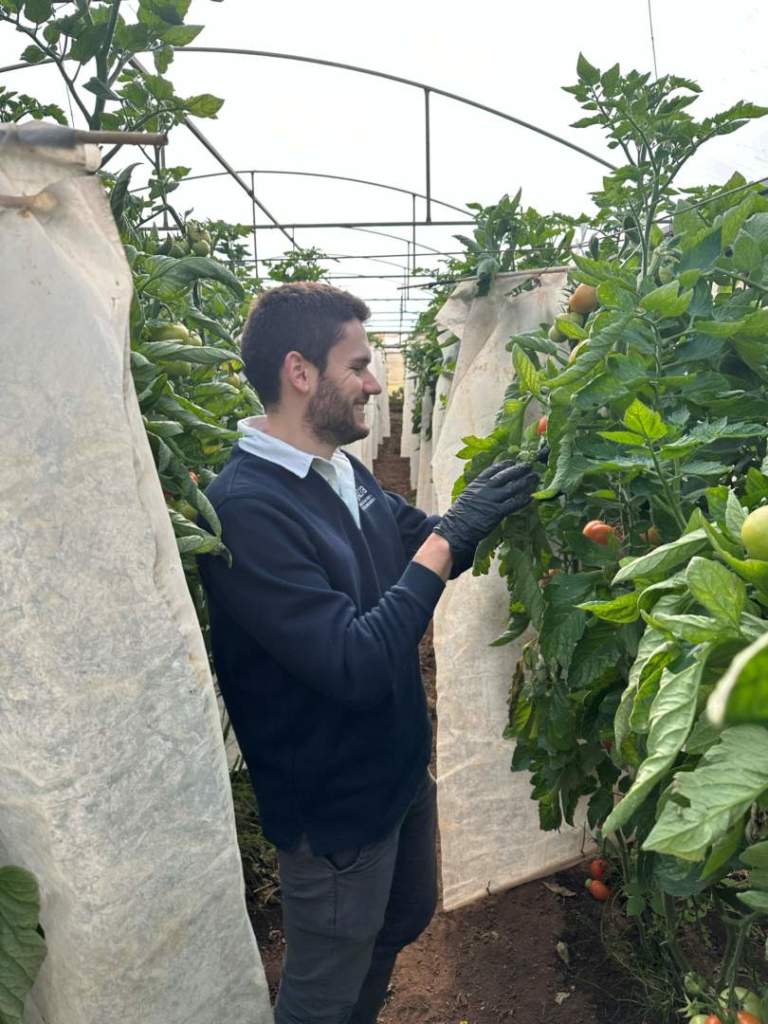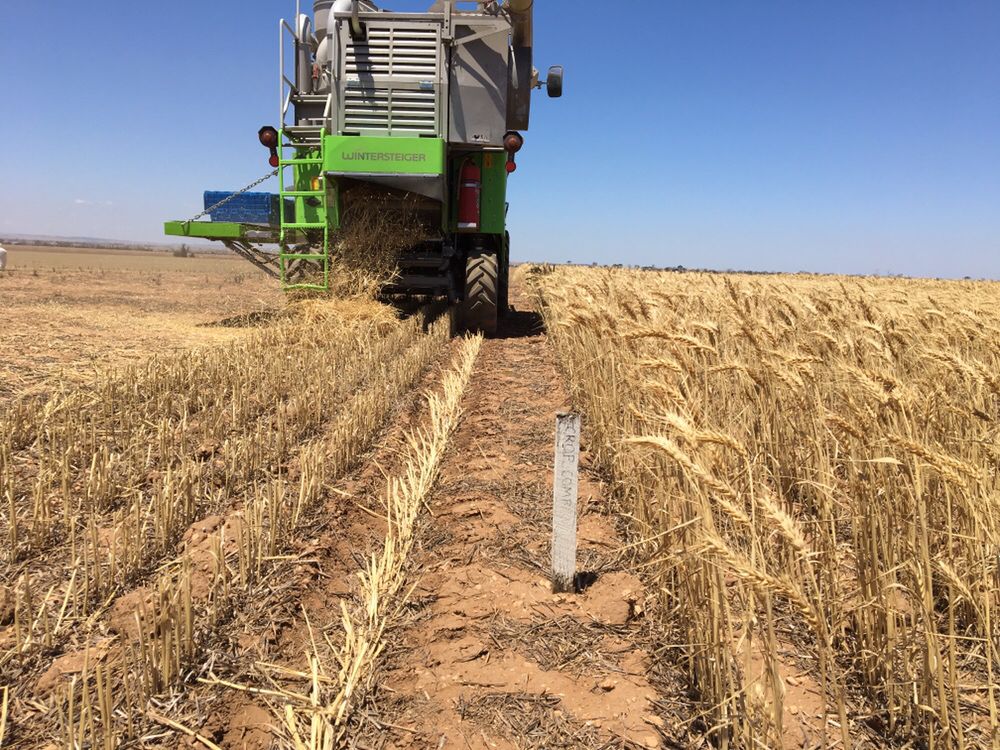This South Australian business is taking the ag world by storm.
They’ve got local, national and global clients — and they’re revolutionising the way we farm. We caught up with Richard Porter, the founder of South Australian family-owned and run company AgXtra, for a dive into agricultural innovation.
What role does AgXtra play in helping Australian farmers?
The driving force behind everything that we do is enhancing sustainability of cropping practices and farming systems in broadacre, viticulture, and horticulture. We provide applied research services to develop these tools to improve farm productivity and viability, food security and environmental health. Our clients can be crop protection companies, owners of new genetics, or owners of new technology that can be employed in agriculture in Australia, who provide funding for research projects that we undertake.
Our farmer network is incredibly important part of our business — they’re collaborators, our partners — and we lease areas of land from a whole range of growers across South Australia, Victoria, and New South Wales, to run everything from a canola breeding trial to a grape or powdery mildew trial to develop new technology.
How do you partner with farmers?
In our business, the key pillars are our staff, our clients, and our grower network. Firstly, having skilled and dedicated staff is crucial. Secondly, building strong relationships with our clients and delivering value to them is a priority. Thirdly, since we can’t own research farms, we rely on a network of growers across all our regions who allow us onto their properties to conduct research trials. We pay for the areas of land used and aim to establish a rewarding relationship with the growers, where they feel valued and fairly compensated. I’m in awe, always, of the farmers who let us onto their
valuable land for trials. Without them, none of this would evolve.
How do you identify where to do testing?
In the past 20 years, we’ve established a substantial database of trial cooperators, and we collaborate with many growers on an ongoing basis. Our commitment to building longterm
relationships means that we’re welcomed year after year. However, every year presents new challenges like dealing with new diseases, emerging weeds or unfamiliar environments. To address these issues, we often need to identify and work with new growers, possibly in new regions. We value the return patronage from existing growers, but expanding and evolving our network is a continual process.
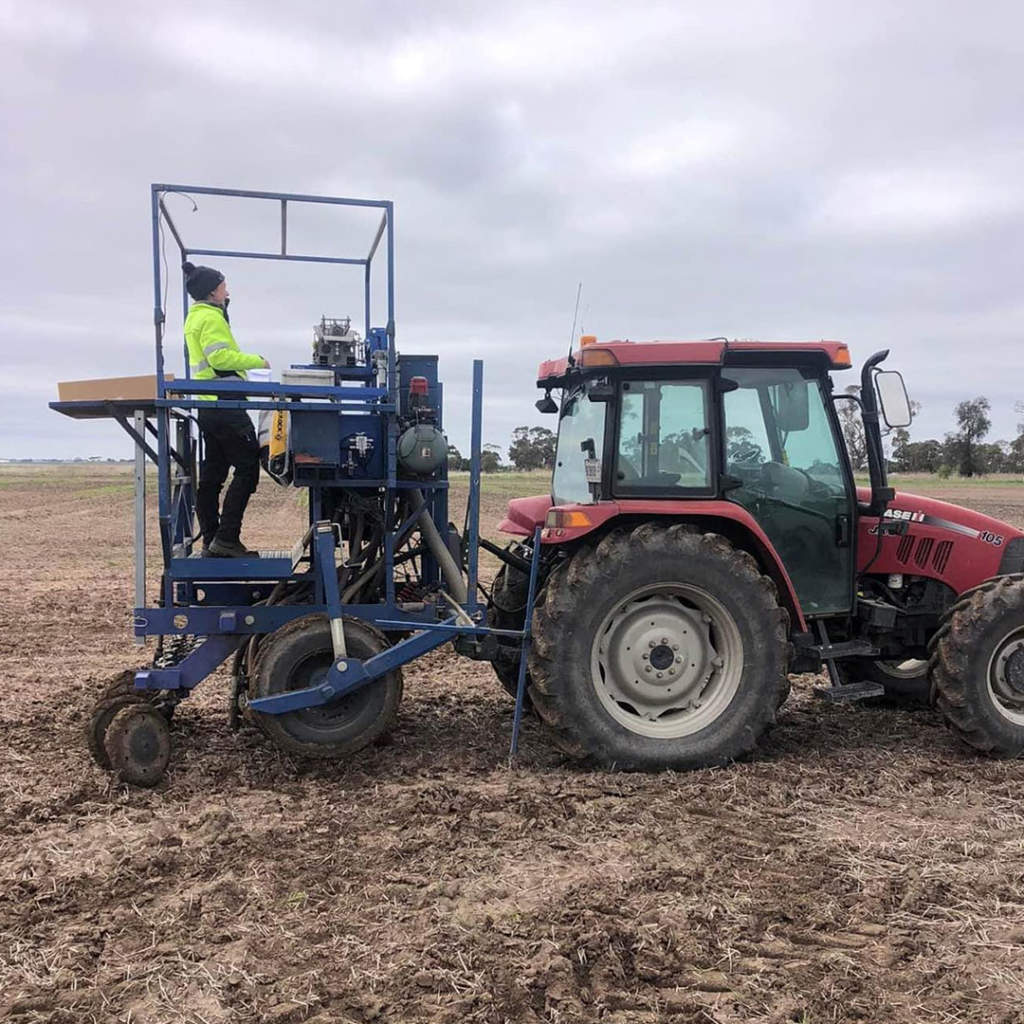
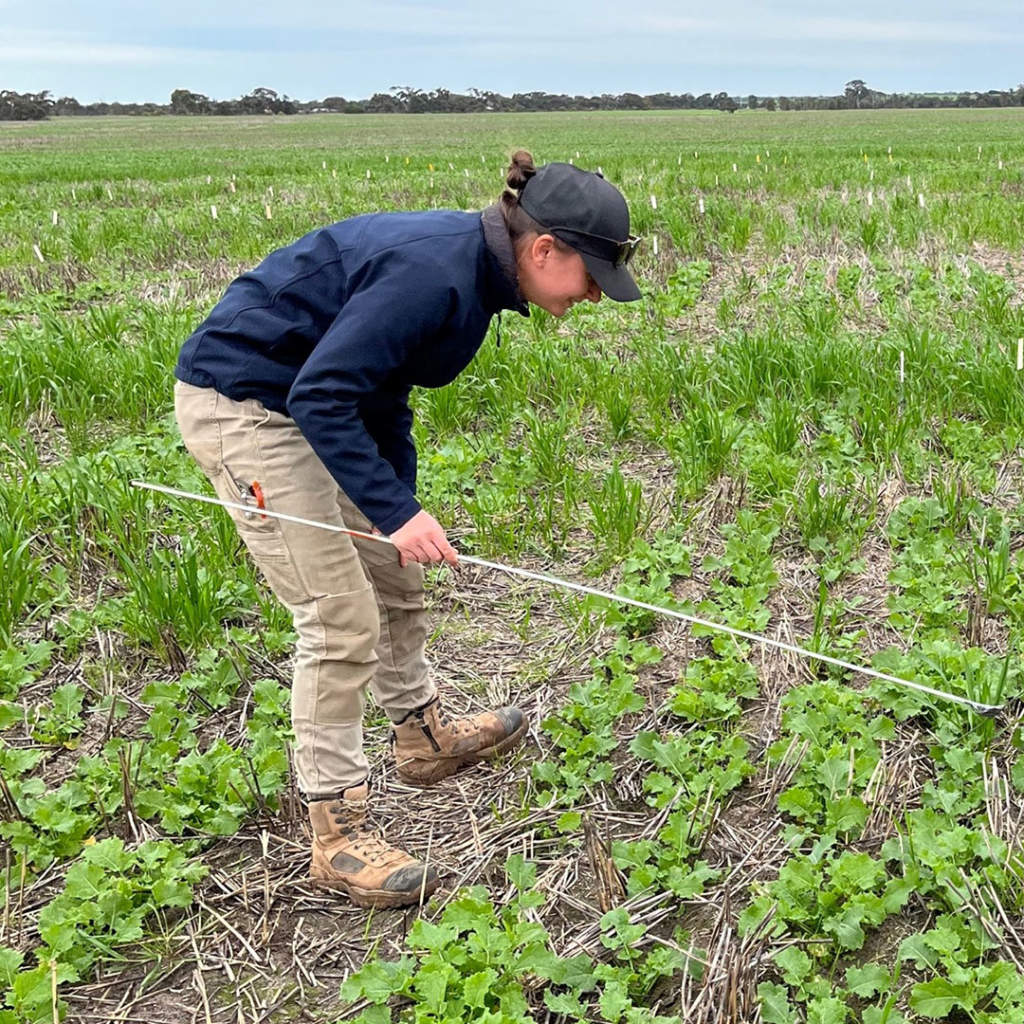

What are some current tools that you helped develop?
Over the past 20 years, we’ve beenheavily involved in the development of new pre-emergent herbicides that farmers now use. For example, we ran the very first field trial in Australia for what is now known as Sakura. Products like Sakura, Boxer Gold, and Overwatch — those three herbicides on their own have helped revolutionise how farmers manage weeds. Thirty years ago, farmers relied on Treflan and Avadex as the only real options for the preemergent control of weeds, which offered little flexibility and modest levels of control. With these new herbicides, they’re well adapted to a knife point, press wheel or zero-till sowing systems, so there’s good crop safety andgreater efficacy with these sorts of products. You have highly effective pre-emergent options that enable early sowing, which means every millimetre of rainfall is then available for crop growth and crop production.
What impact have these developments had on Australian farming?
There was a GRDC Commission research project that talks about how Australia has led the world over the last 30 years and improved the sustainability of wheat production, and it’s because we’ve shifted from a European style cropping system to a highly adapted Australian style of cropping.
It’s a harsh environment in much of Australia’s rain-fed cropping regions, with low rainfall and fragile soils — but we’re now incredibly good at optimising production under these conditions, and we do it better than anyone else in the world.
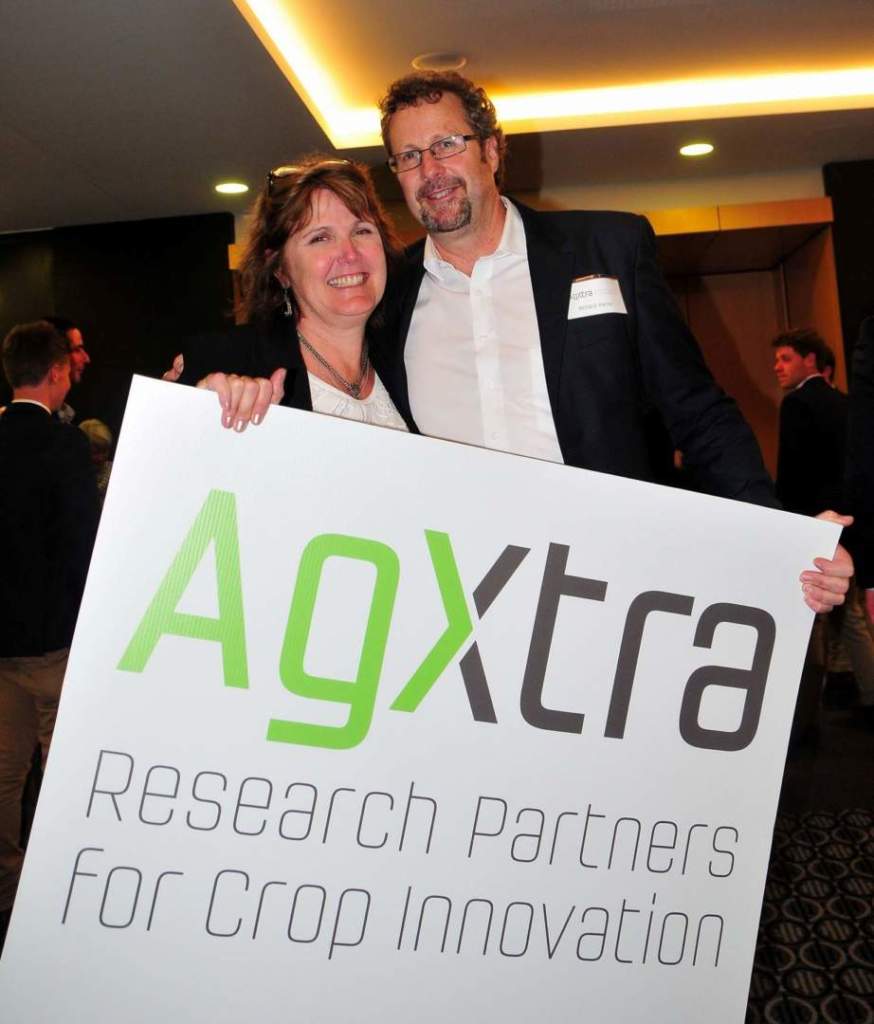
How do you choose where to focus your efforts?
Around 80 to 85 percent of our work is in broadacre farming, spread across South Australia, Victoria, and New South Wales. In South Australia, we also conduct work in horticulture, involving various crops such as potatoes, lettuce, cucumbers, grapevines and almonds. Our focus is influenced by the
product to be investigated, with technology owners prioritising larger-scale crops, such as potatoes, onions, wine grapes and almonds, due to their significant market size and opportunity. However, we also consider high-value crops like protected crops and lettuce, guided by the needs outlined by
the companies we work with. These companies provide us with specific requirements and objectives for the research and development of new agricultural tools.
Why did you start AgXtra?
I’m a farm boy from Jamestown, so I had a great country upbringing. My two brothers are still working on our family farm with their sons. Subsequently, I think farming and agriculture is in your blood — it’s ingrained in you — it’s not really a choice. I received education in Adelaide, went to , and then worked in research and development roles at the uni for a couple of years, then a seed company and a crop protection company. About 22 years ago, I saw an opportunity to start my own business, providing R&D services. Initially, it was just me, working from home with a desk, laptop, ute and motorbike. Now, we have around 38 full-time staff and 15 casuals, with offices in Jamestown, Roseworthy, Newton, Horsham, Dubbo and Wagga Wagga. It’s been a challenging journey, but always rewarding, thanks to the people I work with and meet. Despite its challenges, it’s a great industry to be part of.
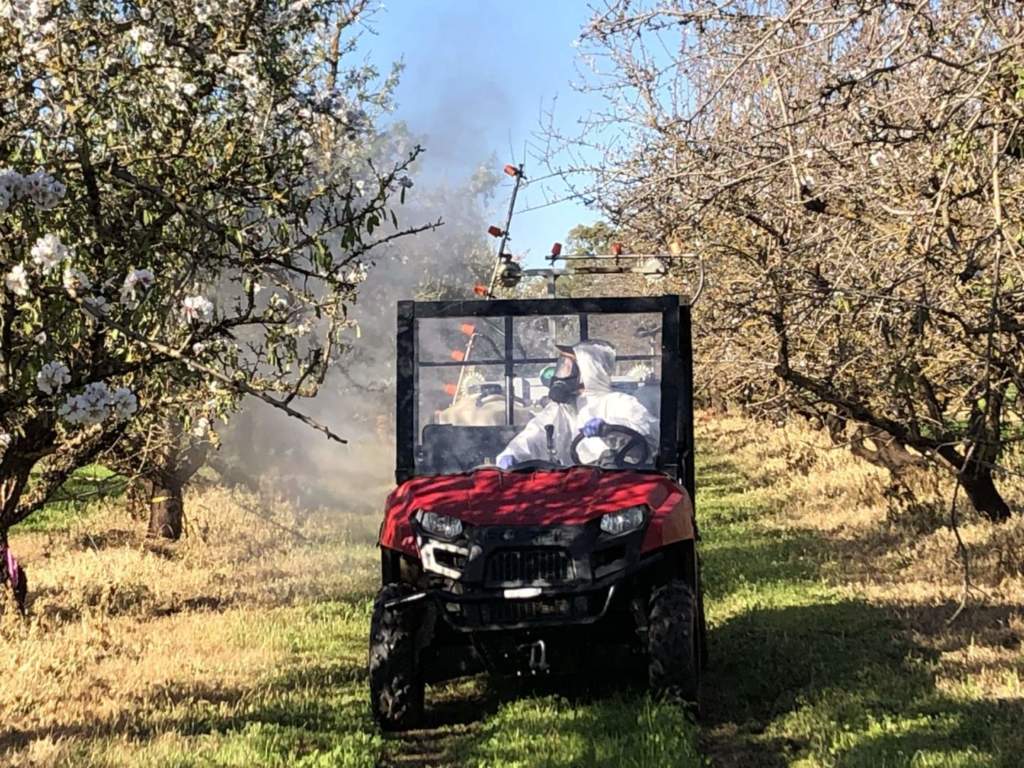
Do you see direct results of your work in your brothers’ farming?
I’ve taken a different route, but we’re on the journey side by side, and we often compare notes. I jokingly say that some days they’re ahead, and other days, I am — it just depends on what aspect you’re looking at! I don’t think they always realise the connection between the role we might have played in the commercialisation of things like the variety or the crop protection products, or the fertiliser strategy they’re using. However, it’s been fascinating to observe the changes in their farming systems and property management over the years, especially in the last two decades.
What challenges have you faced when developing more ecofriendly products?
When you’re working with biologicals, you’re not necessarily seeing high levels of disease or pest control with single products. When you work with products like Boxer Gold, Sakura or Overwatch, you may see 90 percent control of target weeds. When you’re working with biologicals, it’s maybe a 5 to 10 percent achievement, so those tools become part of an overall strategy rather than a silver bullet type, single product. You have to adjust your expectations but also your research methodologies. Often these tools are sensitive; they’re not as robust in terms of the application. So, you must be most diligent in terms of attention to detail with application, timing, water quality, and so on. It absolutely requires a different skill set and a different approach, and it starts with adjusting your expectations. It’s unlikely we’ll see the biologicals in the near future come anywhere near the efficacy that you can achieve with synthetics, but that’s just part of developing a sustainable package of
management tools.
How do you balance pursuing improved sustainability and the efficiency of products?
It depends how you define sustainability. If you focus just on environmental impact, or off-target impact, it’s a very narrow focus. True sustainability encompasses various aspects, including profitability, farming viability, and productivity. With rising land prices, sustaining previous levels of return on investment becomes challenging, so there’s an immediate need to sustain the use of highly efficacious crop protection tools. However, synthetic products today are more environmentally friendly in general than they were a few decades ago, showing progress in terms of user safety and environmental impact. Sustainability, in my view, is an ongoing journey of improvement. Farming practices, even a century ago, were sustainable in context, ensuring profitability and making commercial sense. Our current practices are much more sustainable, with significant and positive impacts on soil health and productivity. I’m sure in 20 years, we’ll look back on 2024 and the practices we deploy and be able to see significant improvement in terms of all aspects of production. So, sustainability is not just about a fixed goal or defined end point — it’s about a cycle of continuous improvement. We’re sustainable right now, and we can strive for greater sustainability in the future. Biologicals play a role, but I think synthetic technology will continue to be a very important part of ag production for the foreseeable future. Part of the big picture is educating consumers on the amount of work that goes into ensuring these new products are safe for the environment and human health.

What does the next 20 years in agricultural R&D look like?
The ongoing changes in farming practices are driven by the continuous evolution of the industry
and the increasing influence of consumer empowerment. Thisimpact is particularly evident in the
development of new crop inputs, which now prioritise environmental sustainability and reduced health risks compared to the products used 20 to 25 years ago. The trend is shifting towards using more biological inputs instead of synthetic ones. The integration of technology and artificial intelligence (AI) into farming practices is crucial for continued efficiency and capacity building, but I do have a perspective on ag tech. There’s always a need for blue sky developments and investments in cutting-edge technologies, but we’ve seen a growing emphasis on involving farmers in the conversation to ensure more tangible outcomes. Too often in the past, farmers were left out of the conversation, so we end up with technologies with limited or no practical commercial application. Now, there’s more of a focus on what the fit is, and the potential of AI and machine learning in agriculture is exciting.
And finally, why Case IH?
The sustainability and resilience of rural communities is something that’s important to me, as a country boy. Although our head offices are in Adelaide, wherever possible, we support regional businesses — and we’ve only ever bought tractors from one outlet, Ramsey Bros. The Case product (and not just for us, but a lot of people in our industry) is all about value and the fit for application. We don’t need big, heavy machines — our priority is good horsepower at a good weight; something that’s agile and well supported in all the areas we operate in. Ramsey Bros’ philosophy of reinvesting in the communities where they operate resonates with us. We also actively look for ways of contributing to rural communities, aiming to support and sustain their future. This shared commitment to community values is another key reason why we choose to do business with Ramsey Bros.
